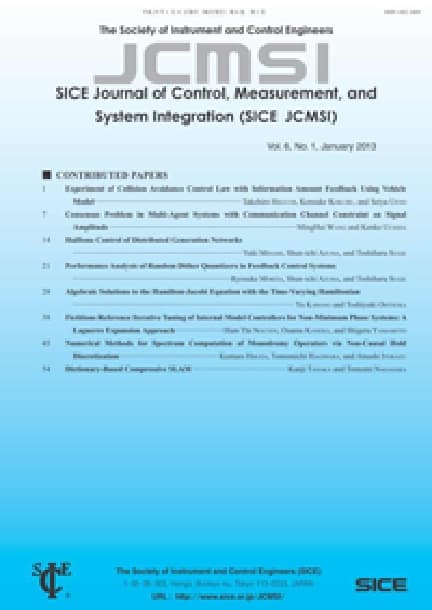Bridge Diagnosis by Using Nonlinear Independent Component Analysis and Displacement Analysis
Juanqing ZHENG, Yichun YEH, Harutoshi OGAI
pp. 315-321
DOI:
10.9746/jcmsi.4.315Abstract
A daily diagnosis system for bridge monitoring and maintenance is developed based on wireless sensors, signal processing, structure analysis, and displacement analysis. The vibration acceleration data of a bridge are firstly collected through the wireless sensor network by exerting. Nonlinear independent component analysis (ICA) and spectral analysis are used to extract the vibration frequencies of the bridge. After that, through a band pass filter and Simpson's rule the vibration displacement is calculated and the vibration model is obtained to diagnose the bridge. Since linear ICA algorithms work efficiently only in linear mixing environments, a nonlinear ICA model, which is more complicated, is more practical for bridge diagnosis systems. In this paper, we firstly use the post nonlinear method to change the signal data, after that perform linear separation by FastICA, and calculate the vibration displacement of the bridge. The processed data can be used to understand phenomena like corrosion and crack, and evaluate the health condition of the bridge. We apply this system to Nakajima Bridge in Yahata, Kitakyushu, Japan.









